#ugo liberatore
Text
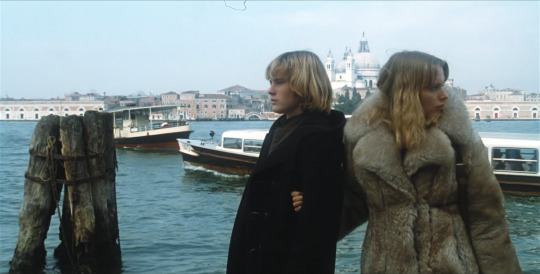


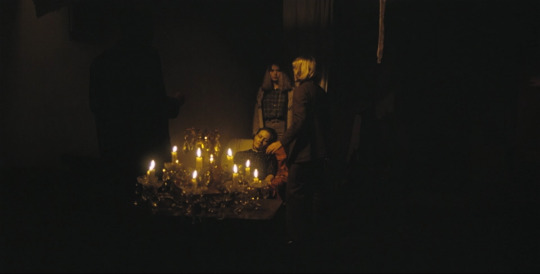
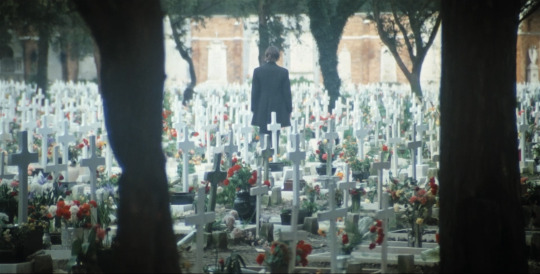



Damned In Venice - Ugo Liberatore
#damned in venice#nero veneziano#ugo liberatore#horrorstills#horroredit#classichorrorblog#occultism#gothic horror#gothic#satanism#giallo#horror#venice#jenna ortega#david lynch#dario argento#suspiria#witchcraft#vampire#jean rollin
112 notes
·
View notes
Photo


Damned in Venice (Ugo Liberatore, 1978)
268 notes
·
View notes
Photo
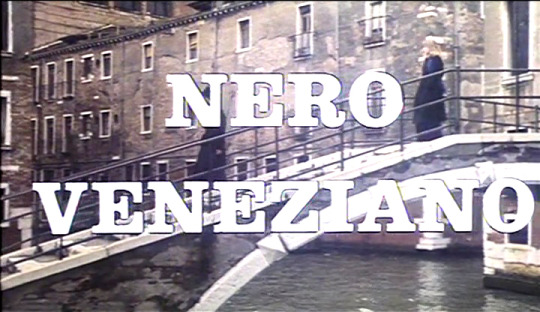


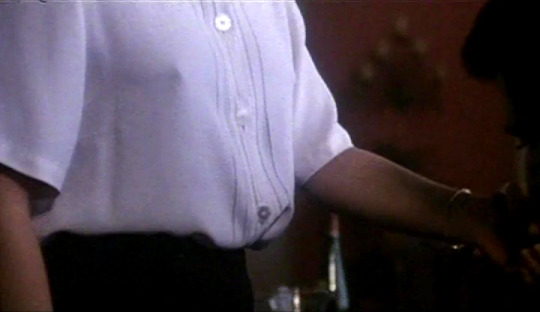






Ugo Liberatore, Nero veneziano, 1978
#eurohorror#nero veneziano#ugo liberatore#rena niehaus#renato cestiè#fabio gamma#cinema italiano#orrore#horror#giallo#giallo all'italiana#occult#venezia#venice
61 notes
·
View notes
Text
From Italian director Giorgio Ferroni comes the Gothic film IL MULINO DELLE DONNE DI PIETRA aka MILL OF THE STONE WOMEN (1960)... in COLOUR! The film stars Pierre Brice, Scilla Gabel, Wolfgang Preiss and Herbert Bohme.
Context setting 00:00; Synopsis 18:22; Discussion 29:57; Ranking 50:35
#podcast#horror#classic horror#horror film#scream scene#italian horror#gothic horror#giorgio ferroni#il mulino delle donne di pietra#mill of the stone women#eastman color#pierre brice#scilla gabel#wolfgang preiss#herbert bohme#remigio del grosso#ugo liberatore#giorgio stegani#pier ludovico pavoni#antonietta zita#carlo innocenzi#black sunday#SoundCloud
5 notes
·
View notes
Text


Alba pagana (1970)
3 notes
·
View notes
Text

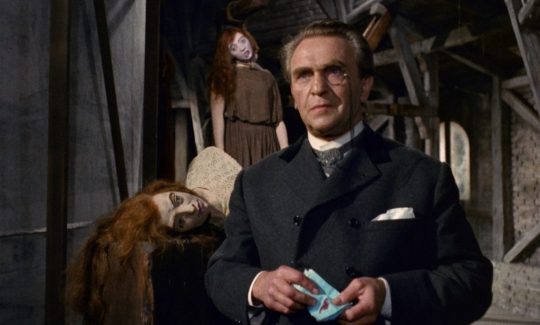
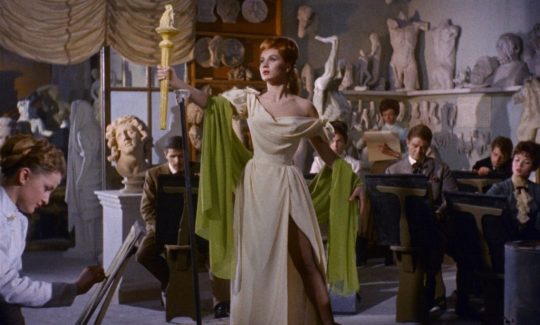


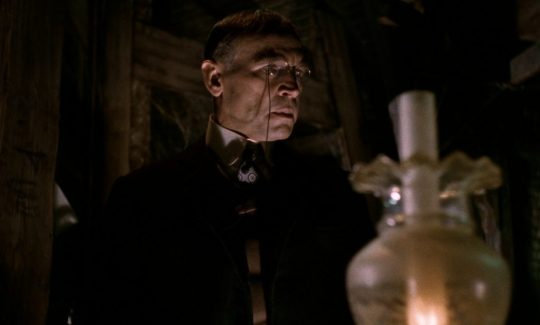
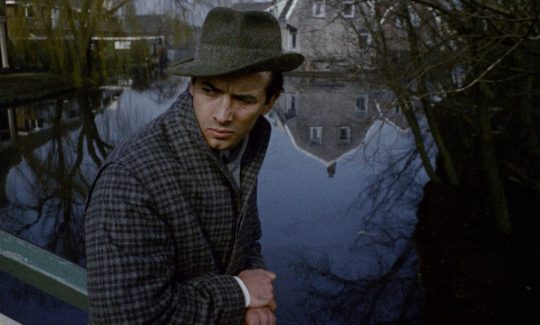
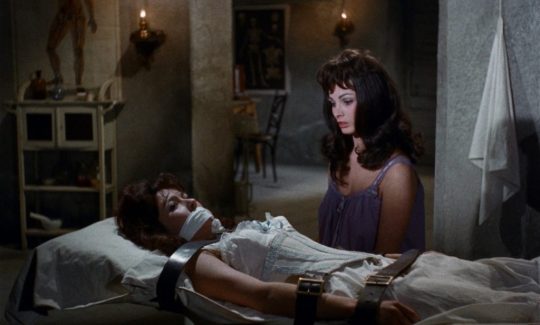
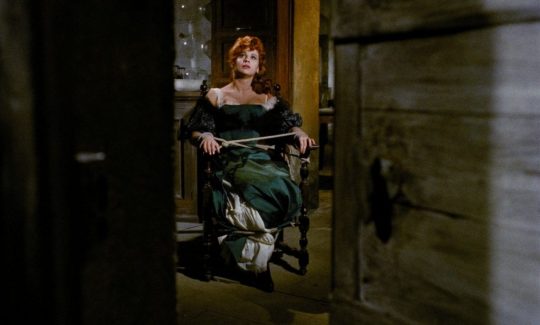
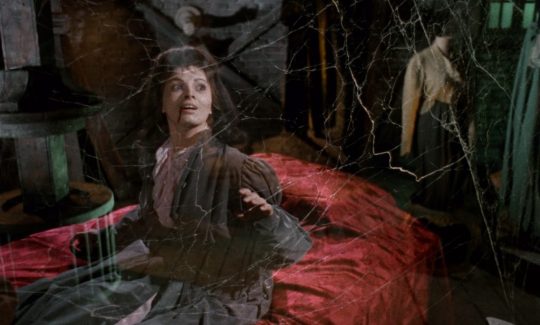
Il mulino delle donne di pietra (Mill of the Stone Women, 1960)
"Can you really not remember? Or maybe you don't want to. I'm starting to understand. You want to deepen my remorse and give me nightmares. No. No! I'm not guilty. It wasn't my fault!"
#Il mulino delle donne di pietra#mill of the stone women#italian cinema#horror film#giorgio ferroni#pieter van weigen#pierre brice#scilla gabel#wolfgang preiss#dany carrel#liana orfei#marco guglielmi#herbert a.e. böhme#olga solbelli#alberto archetti#carlo innocenzi#ugo liberatore#giorgio stegani#1960#drops of blood#the first ever colour Italian film‚ and boy did Ferroni use his new medium to its full advantage. opening in dull autumnal sludge and grey#swept skies‚ the film slowly embraces richer and warmer colours‚ peaking with some avant garde unnatural lighting during a nightmare#hallucination sequence that rivals Bava at his most experimental. a beautiful work‚ full of arresting images and painterly touches which#match the mad artist energy of the films primary antagonist. part House of Wax‚ part Hammer Horror but undeniably and unmistakably Italian#Böhme is superb as the larger than life mad scientist and his performance seems to draw on german expressionism as much as contemporary#gothic cinema. the procession of sculpted figures lurching into life during the final act is a beautifully done bit of uncanny#grotesquerie. a really very good film that outstripped my expectations in nearly every way; not to everyone's taste i suspect but i had a#hell of a time.
1 note
·
View note
Text
“Nero Veneziano” dir. by Ugo Liberatore, 1978
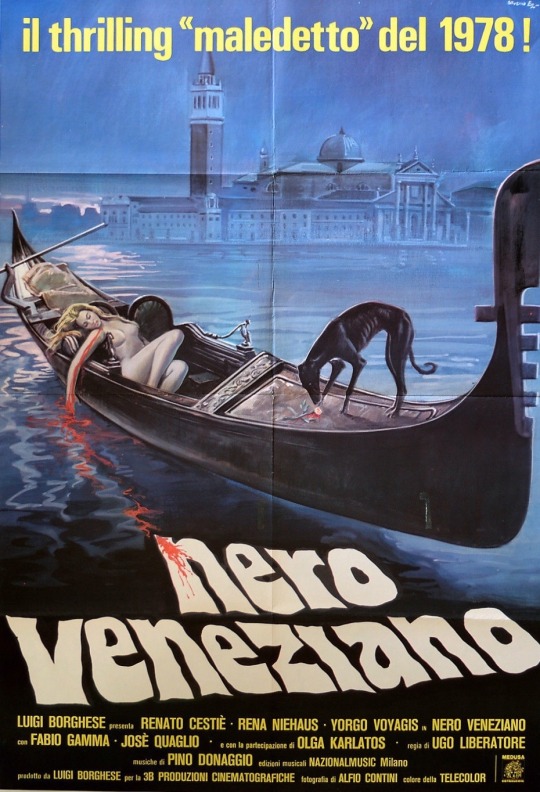
#italian horror#venice#thriller#giallo#70’s horror#demonic#mystery#horror movies#dario argento#nero veneziano#ugo liberatore
5 notes
·
View notes
Photo
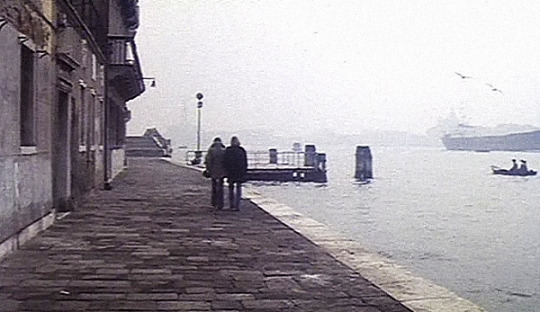




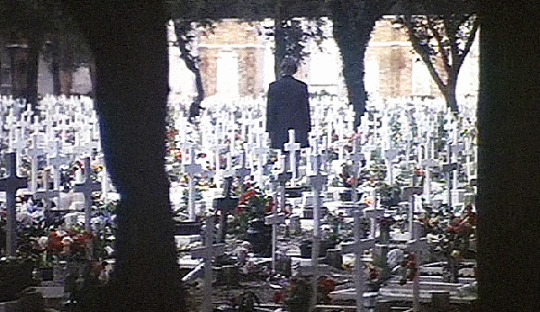
Damned in Venice (1978) dir. Ugo Liberatore
66 notes
·
View notes
Text


#nero veneziano#yorgo voyagis#renato cestiè#ugo liberatore#bitto albertini#adalberto albertini#euro crime#eurocrime#euro spy#eurospy#spaghetti spy#italian spy#spy movies#italian spy movie#brad harris#giallo fever#giallofever#italian cult#italian giallo#cinema cult#cult#italian sexy comedy#gialli#international cult#giallo#horror movies#film horror#horrormovies#italian horror
2 notes
·
View notes
Photo

BORA BORA (1968) - SIN & SUN ON THE BEACH POSTERS (Part 7/10)
A marvelous beach embrace image used for the German release of the 1968 French-Italian erotic drama, taking place in paradise French Polynesia.
Director: Ugo Liberatore
Actors: Corrado Pani, Haydee Politoff
If you like this entry, check the other 9 parts of this week’s Blog as well as our Blog Archives and all our NEW POSTERS
All our ON SALE posters are here
The poster above courtesy of ILLUSTRACTION GALLERY
#illustraction Gallery#illustraction#Bora Bora#Ugo liberatore#1968#movies#Movie Poster#German movie poster#film#vintage#beach#french polynesia#couple#kissing on the beach
2 notes
·
View notes
Photo
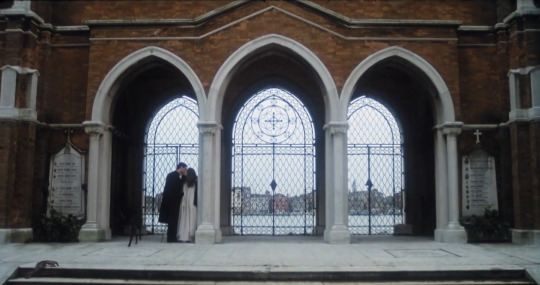

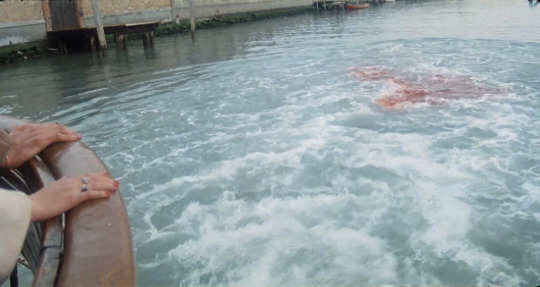
Damned In Venice - Ugo Liberatore
#damned in venice#nero veneziano#giallo#gothic horror#gothic#occultism#satanism#don't look now#horrorstills#slasher#suspiria#dario argento#mario bava#lucio fulci#witchcraft#goth#the love witch#anton lavey#church of satan#ugo liberatore
454 notes
·
View notes
Photo


Damned in Venice (Ugo Liberatore, 1978)
192 notes
·
View notes
Photo

218 notes
·
View notes
Video
youtube
The Tremeloes 1970 en la BSO de la película “May Morning” de Ugo Liberatore. “Hard Time” fue uno de los temas más potentes y psicodélicos que grabaron (aunque ojo con el arranque en 1′ 22″ del “Anything” y lo que viene después). Este disco - con influencias melotrónicas de Moody Blues y, cómo no, de los Beatles- es uno de sus álbumes más conseguidos y recomendables. Increíblemente quedó 30 años archivado (Sanctuary, 2000) cuando incluye algunas de sus mejores canciones como “I You Know”.
Créditos: Guitar, Keyboards, Vocals: Alan Blakley. Drums, Vocals: Dave Munden. Bass Guitar, Vocals: Len Hawkes. Guitar, Vocals: Rick Westwood.
youtube
0 notes
Photo




HISTORY MEME | ten men: Ugo Foscolo
Foscolo, born of a Greek mother and a Venetian father, was educated at Spalato (now Split, Croatia) and Padua, in Italy, and moved with his family to Venice about 1793. There he moved in literary circles. In 1797 the performance of his tragedy Tieste (“Thyestes”) made him famous.
Foscolo’s early enthusiasm for Napoleon, proclaimed in his ode A Bonaparte liberatore (1797; “To Bonaparte the Liberator”), quickly turned to disillusionment when Napoleon ceded Venetia to Austria in the Treaty of Campo Formio (1797). Foscolo’s very popular novel Ultime lettere di Jacopo Ortis (1802; The Last Letters of Jacopo Ortis, 1970) contains a bitter denunciation of that transaction and shows the author’s disgust with Italy’s social and political situation. Some critics consider this story the first modern Italian novel.
In 1807 Foscolo returned to Milan and established his literary reputation with “Dei sepolcri” (Eng. trans., “Of the Sepulchres,” c. 1820), a patriotic poem in blank verse, written as a protest against Napoleon’s decree forbidding tomb inscriptions. In 1808 the poem won for its author the chair of Italian rhetoric at the University of Pavia. When the chair was abolished by Napoleon the next year, Foscolo moved on to Milan. The satirical references to Napoleon in his tragedy Aiace (first performed 1811; “Ajax”) again brought suspicion on him; in 1812 he moved to Florence, where he wrote another tragedy, Ricciarda, and most of his highly acclaimed unfinished poem, Le grazie (published in fragments 1803 and 1818, in full 1822; “The Graces”). In 1813 Foscolo returned to Milan.
Napoleon fell the following year, the Austrians returned to Italy, and Foscolo, refusing to take the oath of allegiance, fled first to Switzerland and then in 1816 to England. Popular for a time in English society because he was an Italian patriot, Foscolo supported himself by teaching and writing commentaries on Dante, Boccaccio, and Petrarch for The Edinburgh Review and The Quarterly Review. He died in poverty. In 1871, with great national ceremony, his remains were moved from England and interred in the church of Santa Croce, in Florence. — Encyclopedia Britannica // Jonathan Bailey as Ugo Foscolo
#history#historyedit#italian history#ugo foscolo#*mio#*historymeme#guys read foscolo's sonnets bUT ESPECIALLY I SEPOLCRI E LE ULTIME LETTERE DI JACOPO ORTIS#LITERALLY THE BEST NOVEL I'VE EVER READ#i cried so much at the end
134 notes
·
View notes
Photo

Mill of the Stone Women will be released on Blu-ray on November 30 via Arrow Video. Adam Rabalais designed the new artwork for the 1960 Italian horror film; the original poster is on the reverse side.
Giorgio Ferroni (Night of the Devils) directs from a script he co-wrote with Remigio Del Grosso, Ugo Liberatore, and Giorgio Stegani. Pierre Brice, Scilla Gabel, Wolfgang Preiss, Dany Carrel, Herbert Böhme, and Liana Orfei star.
Mill of the Stone Women has been newly restored in 2K from the original negative with original lossless mono soundtracks. Four versions are included: The original Italian and English exports, the French version, and the US cut.
The two-disc limited edition features a booklet, a double-sided poster, and six mini lobby cards, all housed in a slipcase. Special features are listed below, where you can also see the contents.

Disc 1:
Italian export version of the film (with newly translated English subtitles)
English export version of the film
Audio commentary by film historian Tim Lucas (new)
Mill of the Stone Women & The Gothic Body - Visual essay by film historian Kat Ellinger (new)
Interviews with actress Liana Orfei and film historian Fabio Melelli
Interview with actor Wolfgang Preiss
“Drops of Blood” UK opening titles
German opening titles
US & German theatrical trailers
Image galleries
Disc 2:
French version of the film (with newly translated English subtitles)
US version of the film
Also included:
Illustrated booklet with writing by film historian Roberto Curti, a comparison of the different versions by film historian Brad Stevens, and a selection of contemporary reviews
Double-sided fold-out poster featuring Rabalais’ art and the original poster
6 postcard-sized lobby card reproductions
Young art student Hans von Arnam (Pierre Brice) arrives by barge at an old mill to write a monograph about its celebrated sculptures of women in the throes of death and torture, maintained and curated by the mill’s owner, the hermetic Professor Wahl (Herbert Böhme). But when Hans encounters the professor’s beautiful and mysterious daughter Elfi (Scilla Gabel), his own fate becomes inexorably bound up with hers, and with the shocking secret that lies at the heart of the so-called Mill of the Stone Women.
#mill of the stone women#horror#60s horror#1960s horror#italian horror#italian film#italian movies#arrow video#adam rabalais#dvd#gift#giorgio ferroni#tim lucas#kat ellinger
9 notes
·
View notes